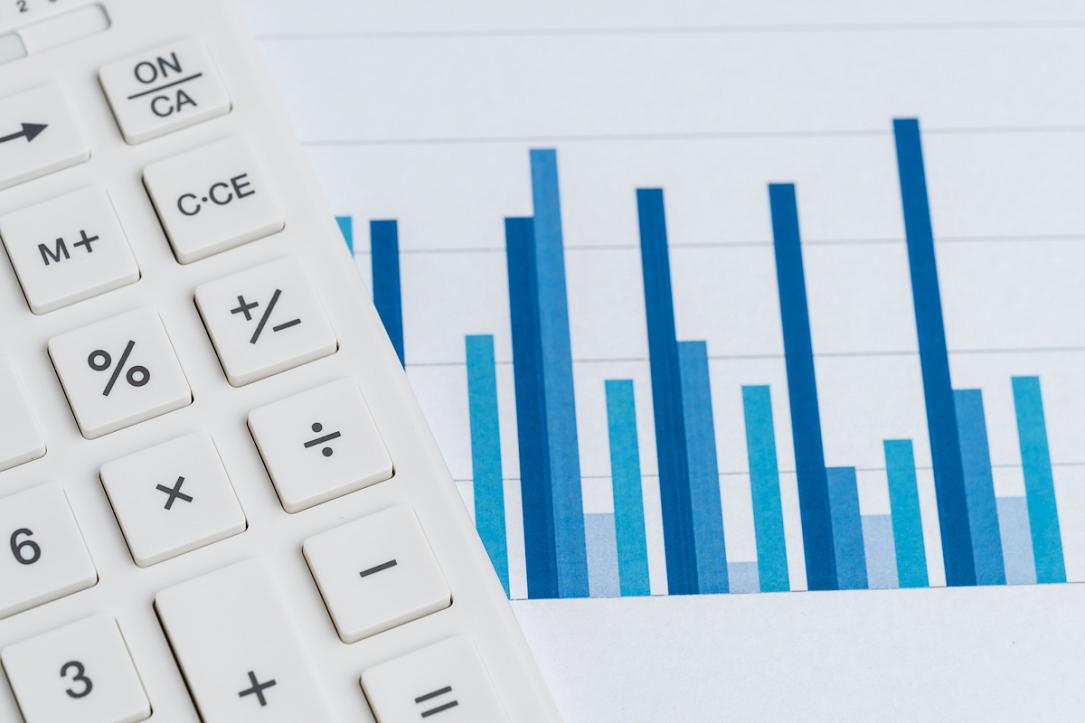Romania’s per capita actual individual consumption is 80% of EU average

Used as a measure of material welfare of households, the AIC per capita expressed in purchasing power standards (PPS) varied from 61% to 145% of the EU average across the Member States in 2020. It was 80% for Romania, up from 78% in 2019 and 65% in 2016.
Romania boasted among the most notable increases in AIC terms across Europe.
When it comes to GDP per capita expressed in PPS, Romania fares slightly weaker with a 78% score but maintains the strong dynamics (the share rose from 69% in 2019 and 60% in 2019).
The lowest levels of AIC per capita were registered in Bulgaria (39% below the EU average), Croatia (32% below), Hungary and Latvia (both 30%) and Slovakia (29%).
A clear increase was registered in Romania (80% of the EU average in 2020 compared with 74% in 2018), followed by Denmark (122% vs 117%), Poland (83% vs 78%), Hungary (70% vs 65%), Lithuania (95% vs 91%) and Bulgaria (61% vs 57%).
In contrast, the most noticeable decreases were recorded in Spain (85% in 2020 vs. 92% in 2018) and Luxembourg (145% vs. 152%), followed by Malta (81% vs. 86%), Ireland (90% vs. 95%), Greece (74% vs. 78%) and Italy (96% vs. 100%).
andrei@romania-insider.com
(Photo source: Nuthawut Somsuk/Dreamstime.com)
















